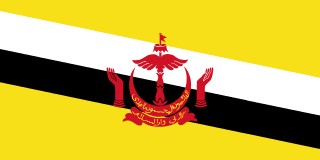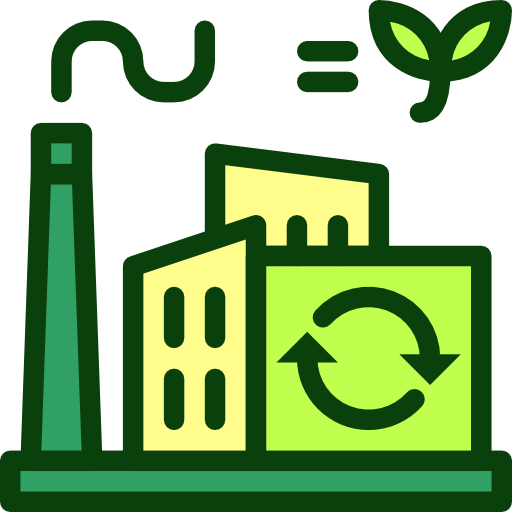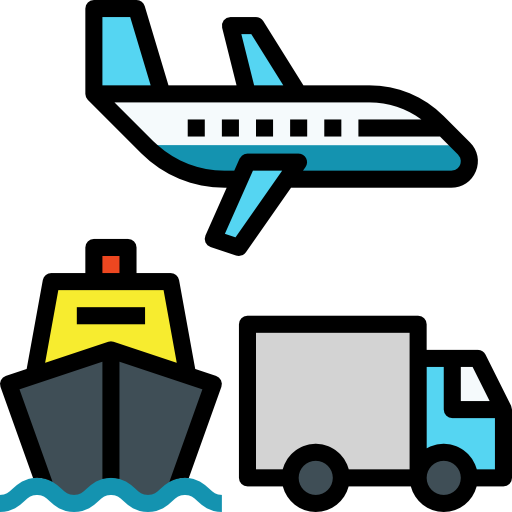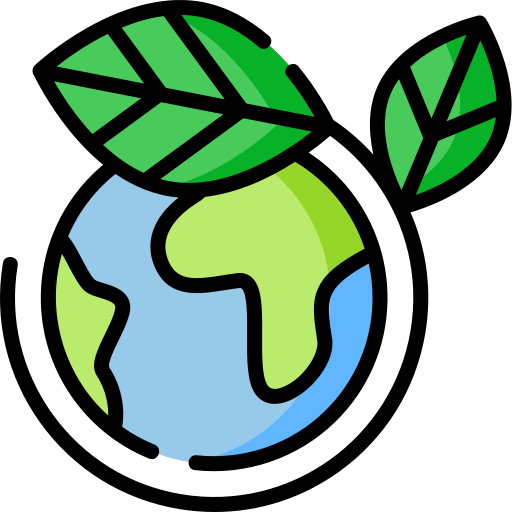Brunei - Environment

As far as the environment of Brunei is concerned, there have been . As for nvironment - international agreements, we have; .
About the environment of Brunei
| Climate | We have tropical; hot, humid, rainy |
|---|---|
| Revenue from forest resources | |
| Revenue from coal | |
| Waste and recycling | Municipal solid waste generated annually: 216,253 tons (2016 est.) |
| Total renewable water resources | 8.5 billion cubic meters (2020 est.) |
| Major rivers (by length in km) | |
| Total water withdrawal | |
| Municipal | 150 million cubic meters (2020 est.) |
| Agricultural | 10 million cubic meters (2020 est.) |
| Air pollutants | |
| Particulate matter emissions | 6.86 micrograms per cubic meter (2019 est.) |
| Carbon dioxide emissions | 7.66 megatons (2016 est.) |
| Methane emissions | 8.4 megatons (2020 est.) |
| Land Use | |
| Agricultural land | 2.5% (2022 est.) |
| Agricultural land: arable land | arable land: 0.8% (2022 est.) |
| Agricultural land: permanent crops | permanent crops: 1.1% (2022 est.) |
| Agricultural land: permanent pasture | permanent pasture: 0.6% (2022 est.) |
| Forest | 72.1% (2022 est.) |
| Other | 25.4% (2022 est.) |
| Urbanization | |
| Urban population | 79.1% of total population (2023) |
| Rate of urbanization | 1.44% annual rate of change (2020-25 est.) |
| Major urban areas (Pop) | 266,682 BANDAR SERI BEGAWAN (capital) (2021). note: the boundaries of the capital city were expanded in 2007, greatly increasing the city area; the population of the capital increased tenfold |
All Important Facts about Brunei
Want to know more about Brunei? Check all different factbooks for Brunei below.









